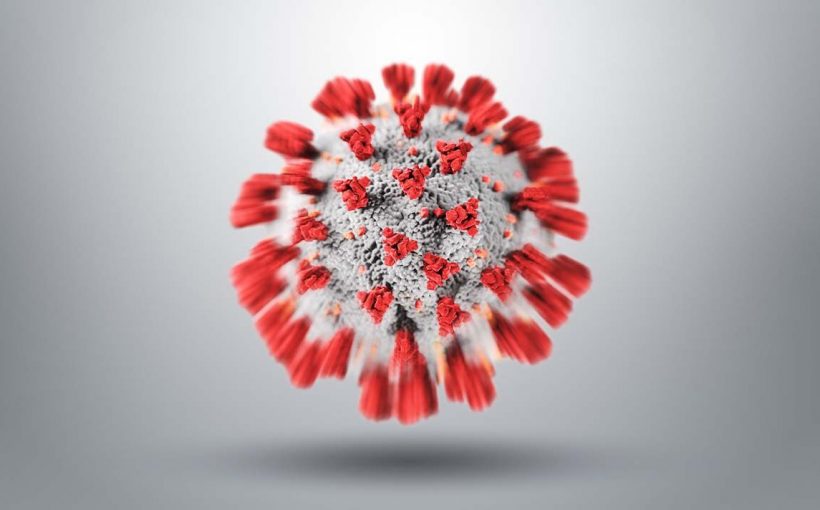Portugal: Omicron subvariant drives spike in Covid-19 cases
We use your sign-up to provide content in ways you’ve consented to and to improve our understanding of you. This may include adverts from us and 3rd parties based on our understanding. You can unsubscribe at any time. More info
In its technical briefing published earlier this month, the UKHSA said: “Omicron sub-lineage BA.4.6 was identified as part of horizon scanning on 15 August 2022. On 1 September 2022 BA.4.6 was designated as variant V-22SEP-01 due to an observed increase in growth rate.”
It said BA.4.6 was a sub-lineage of the BA.4 variant which, along with BA.5 began spreading through the UK at the beginning of summer. While BA.5 has gone on to become the dominant variant, BA.4 has not gone away.
BA.4.6 is evidence of this, and data shows it has now begun spreading in the UK. The UKHSA said it made up around three percent of “sequences in the week beginning 14th August 2022”.
Furthermore, as of the 5th September, the variant has a growth rate of 36 percent “relative to the dominant lineage in England, BA5”. As a result, Omicron is not yet done with the UK.

What are the main symptoms of the new variant?
Since the variant is so new, it is not yet known whether not it causes any symptoms which may differentiate it from Omicron BA.5. What is known is how much the symptoms of COVID-19 have changed since it first emerged nearly three years ago.
At the start of the pandemic, the main symptoms of the virus were a loss of sense of smell and taste, a continuous cough, and fatigue.
Now the main symptoms are as follows:
• Sore throat
• Headache
• Blocked nose
• Cough (with no phlegm)
• Runny nose.
Omicron BA.4.6 could become a bigger problem as case numbers continue to rise.
This is what data from the Zoe Covid study, lead by King’s College London’s Professor Tim Spector, says as schools go back and the UK makes its way into autumn and the winter beyond.
When the Zoe study published its video on the 8th September, there were 112,00 thousand new Covid cases meaning that one in 44 people in the country had COVID-19. According to the dataset, the number of new cases grew to around 122,823 on the 11th September.
In further discussion of the current state of the virological landscape in the UK, Professor Spector said: ““Rates of Covid are starting to increase again with BA5 still the dominant variant.”
Furthermore, Professor Spector added that, as with earlier waves, that the rise was beginning with young people “before it kicks off in older age groups.” Whether this is because of Omicron BA.4.6 is yet to be known.

All, but the runny nose affected at least 50 percent of patients, with the runny nose just shy of this number at 48 percent of affected patients.
In contrast, two of the original symptoms of Covid are much less prevalent than they were before. Just 13 percent of patients experienced a loss of sense of smell, while shortness of breath was also seen in just 13 percent of recipients.
While the Zoe study suggests cases are rising, this contrasts with data from the Office for National Statistics (ONS) which suggested COVID-19 infections had fallen to their lowest level since last October only the week before. The Government body said fewer than a million people had the virus in the final week of August, the equivalent of one in 70.
The ONS said case rates were down across the UK. The Covid rate for the four nations was:
• One in 70 for England
• One in 95 for Wales
• One in 50 for Scotland
• One in 50 for Northern Ireland.

While the majority of age groups saw drops in case numbers, the same trends were not seen in young people between the ages of 17 and 24 and those over the age of 70. Furthermore, while case numbers may have fallen in late-August, evidence suggests they are climbing again.
As the pandemic develops, it is highly likely the symptoms of COVID-19 will change and those symptoms which are common today will be rare in the future. Omicron BA.4.6 could form part of this change, but there is also a possibility it will not.
Although this is unknown, what is certain is that COVID-19 will remain a constant pressure on the UK’s virological defences and the health service as it heads into a winter far different from any before.
Source: Read Full Article
